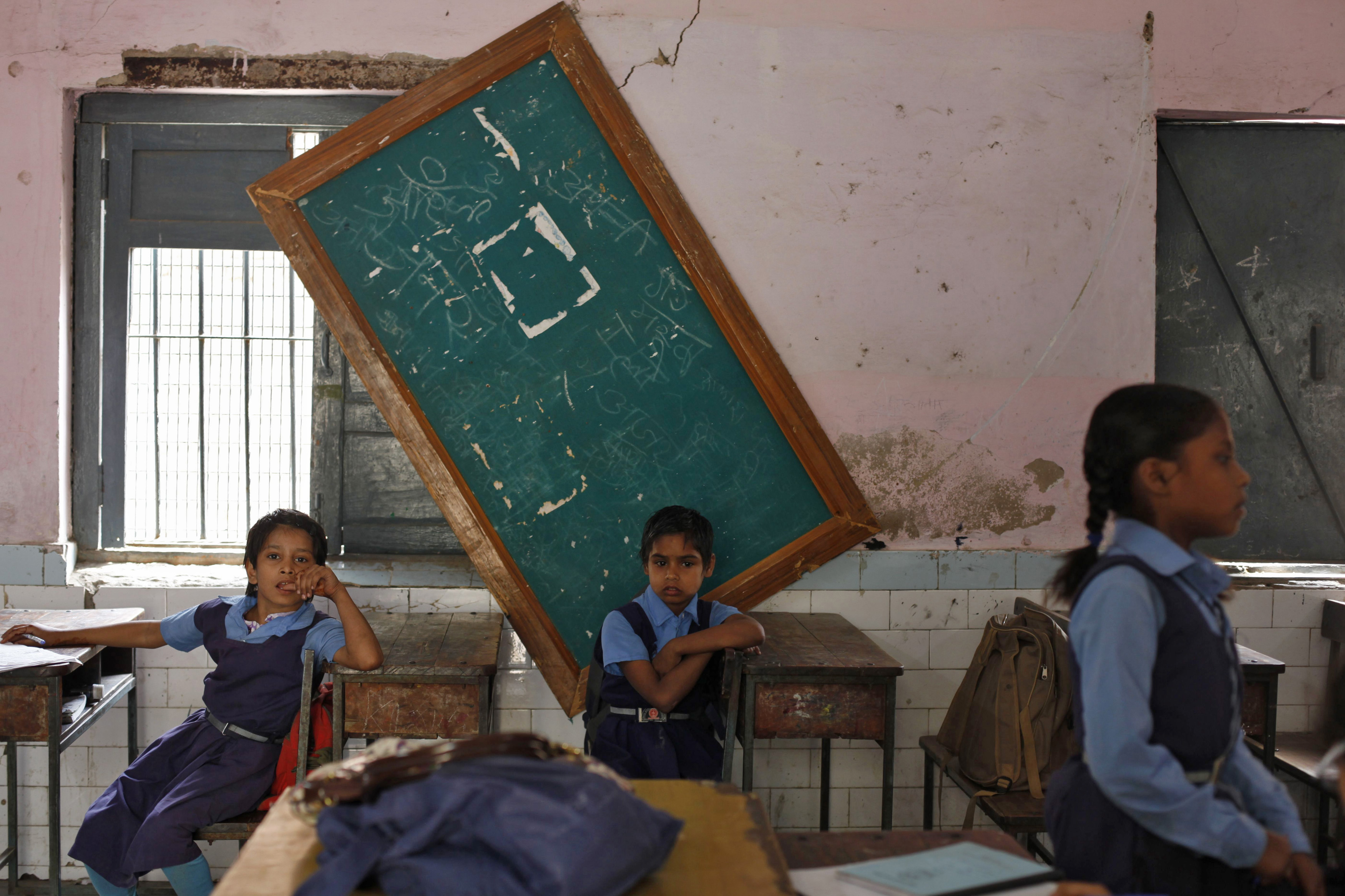New Delhi: Delhi vigilance minister Atishi yesterday (Thursday, November 17) has raised the issue of a possible conflict of interest arising in a matter related to the Dwarka Expressway land acquisition case, and the chief secretary of Delhi, Naresh Kumar, in letters she has written to the directors of the ED and the CBI.
Recommending an investigation into the alleged involvement of Naresh Kumar, south west Delhi district magistrate, Hemant Kumar, and division commissioner, Ashwani Kumar, in the Dwarka E-way land compensation award case, Atishi said has said this was a fit case for the CBI and the ED.
Delhi’s chief secretary has denied any potential conflict of interest in the land acquisition case.
On Tuesday, chief minister Arvind Kejriwal had forwarded a 670 page report prepared by the vigilance department of the Delhi government flagging “abuse of authority by the high-ranking officials” to Lieutenant Governor (LG) Vinay Saxena. “We would like the investigative agencies to take cognizance of the vigilance report which is why the minister has forwarded it in the hope that the agencies would act on source information and register a case,” Delhi government sources said.
While the letter to the CBI flags this as a suitable case under the Prevention of Corruption Act, 1988, the letter to the ED points out that “93% of payment of the land purchased by the beneficiaries may have been done in cash…which might involve money laundering as well making it a case fit for investigation by the ED”.
The letter to the agencies said that as per the findings of the vigilance department, “since the land was purchased by the beneficiaries at only 7% of the circle rate in 2015, there is a likelihood that the remaining 93% payment may have been done in cash. It appears that the exorbitant award of land compensation is not only a case of corruption but might involve money laundering as well making it a case fit for investigation by the ED”.
The vigilance minister writes in her letter, “The Chief Minister has directed me to send a copy of the aforesaid preliminary report to you with a request that the case be registered by ED under the Prevention of Money Laundering Act, 2002 against those involved in the alleged illegal transactions.”
The letter goes onto say, “I have examined the allegations based on the certified copies of the relevant files provided by the Special Secretary (Vigilance). No files whatsoever have been received from the office of the Principal Secretary (Revenue)-cum-Divisional Commissioner despite asking for the same. Besides, I have also referred to publicly available documents related to land records, reports, and records available on the website of the Ministry of Corporate Affairs, Government of India. I submitted the preliminary report to the Chief Minister of Delhi on 14.11.2023.”
The letter of the vigilance minister further added, “I have also forwarded a copy of the preliminary report to the Central Bureau of Investigation (CBI) for registering a case under the Prevention of Corruption Act 1988 and such other provisions of law as may be applicable in this case against Naresh Kumar (Chief Secretary, Delhi), and Ashwini Kumar (Divisional Commissioner, Delhi), in addition to DM South West Hemant Kumar.”
In her letter to CBI director, Atishi said, “I understand that the Lieutenant Governor of Delhi has already referred certain aspects related to this case to CBI; particularly, the action of the then District Magistrate, South West Delhi in enhancing the land compensation exorbitantly. However, as you will find in this preliminary report, the then DM may just have executed the unlawful directions of his superiors. Therefore, in addition to the then DM, the role of Naresh Kumar, Chief Secretary and Ashwani Kumar, Principal Revenue Secretary-cum-Divisional Commissioner) too should be investigated.”
The vigilance report says the enhanced compensation amounted to Rs 850 Cr and not Rs 353 crore as was initially presumed.
The vigilance report says, “The enhanced compensation for the claimants as a consequence of the award order passed by DM is Rs. 856 crore rupees and not Rs. 311 crore as pointed out in the inquiry report of the Directorate of Vigilance (DOV). It may be noted that the Chief Secretary and the Divisional Commissioner accepted this report, and did not raise any objections to the flawed approach adopted by the Directorate of Vigilance (DOV) in its calculations thereby undercounting the extent of loss to the government exchequer. Further, the role of Shri Hemant Kumar is suspect and vigilance inquiry, prima-facie, raises serious questions on his financial propriety. A thorough investigation by the CBI will reveal the complete truth. However, this Rs 856 crore enhanced compensation is only a part of the story and the extent of the windfall gains can be calculated only after examination of how much they paid to purchase the land in question.”
The chief secretary has denied any wrong doing. He had told The Wire last week, “CVO-cum-Chief Secretary took proactive action against the delinquent officer Sh. Hemant Kumar (IAS, AGMUT 2013) as a result of which he was firstly transferred out from Delhi to ANI (Andaman and Nicobar Islands) on 19.10.2023 and then was placed under suspension on 20.10.2023.”
The Delhi government is also contesting any proposed extension in service of the Delhi chief secretary by the union government in the Supreme Court. The chief secretary superannuates November 30. The next date of hearing is November 20. Notices have already been issued to the parties concerned, including the union government.





